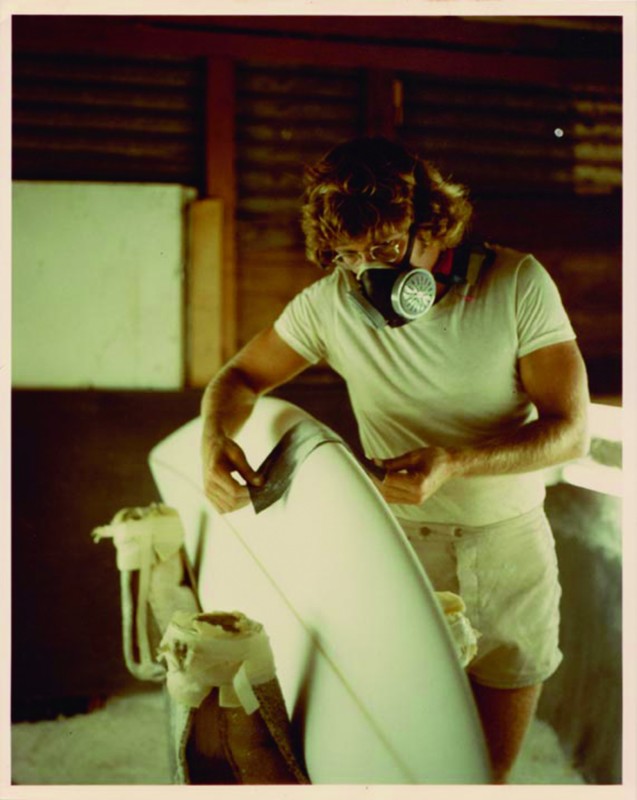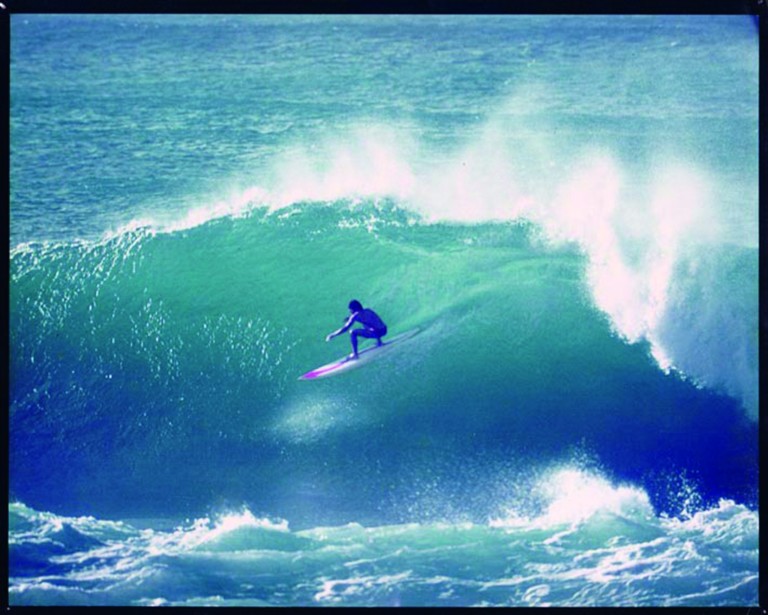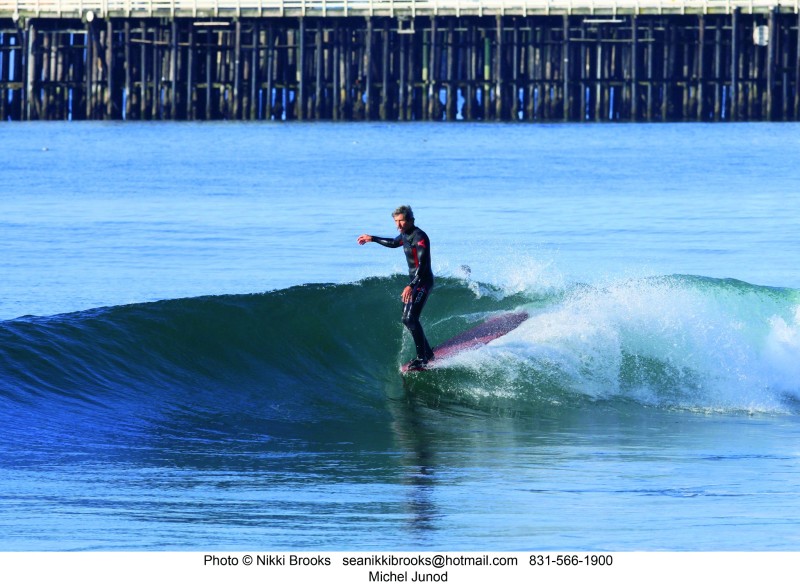Wetsuits have come a long way since the stiff, bulky and painful early days.

“It’s in the little details where progress is made.” —Ryan Buell, owner and designer of Buell wetsuits
“I recognized a need and set out to solve it.” —John Hunter, who leads O’Neill’s wetsuit development department

My first wetsuit in the ’90s was a purple Body Glove torture chamber. The material was abrasive and stiff as parchment. After surfing, I would come home to assess the rampant wetsuit rashes it gave me as a surf crazed 10-year-old. Weeping craters everywhere — my neck, armpits, crotch. In those days, Vaseline was a go-to for pre-surf application to try preventing the wounds.
With every session the sores got worse, turning my youthful passion into a borderline masochistic obsession. Being so excited to have a suit that helped me last longer in the chilly Santa Cruz waters, some weeping wounds were well worth the trouble.
Like most surfers, I have had a love/hate relationship with my wetsuits ever since, but it is more love than hate today thanks to the improvements made by wetsuit designers over the years.
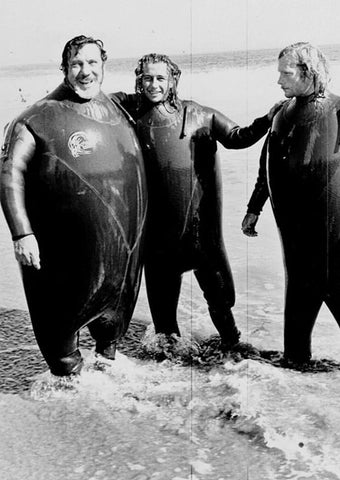
Before the wetsuit, local surfers relied on paltry measures such as wool sweaters and beach bonfires to increase the length of their sessions in cold waters. This desire to endure at least a couple hours of surfing more comfortably prompted local legend Jack O’Neill to devise the prototype for the first functional wetsuit in the 1950s.
While extremely helpful, these early wetsuits were bulky and hard to put on, as the sheets of foam rubber or neoprene did not have any backing material. As a result, surfers had to move slowly and carefully while pulling it on, as the foam rubber was delicate and sticky against bare skin. Excessive stretching and pulling led these suits to being torn open often. This was somewhat remedied by thoroughly powdering the suit with talc to help the rubber slide on more easily.
Things improved with the inclusion of lycra or spandex lining sewn to the inside, which allowed the suits to stretch without tearing so easily. As time went on, advancements in seam stitching and panel placements became more refined, yet the lack of flexibility in the neoprene limited the ability to do a lot of different entries.

This led to a lot of experimental, and less than sea-worthy, suits. Just ask recently inducted member of the Surfers’ Hall of Fame, Pete Mel.
Mel literally grew up in a surf shop, with his parents owning and operating Freeline Design on 41st Avenue. Not only did his dad shape surfboards, but he had direct access to the increasingly available yet functionally flawed early wetsuits.

“My first wetsuit was called ‘Surfer House,’” remembers Mel.
“It had the zipper in the front — you laid on your zipper and the thing would leak like a sieve. Every time you punched through a wave you got soaked. But they were easy to get on!”
Ryan Buell, owner and designer of Buell wetsuits, worked on this issue during his early days in the business as a designer for Hotline Wetsuits. Around 1998, new, stretchier rubber became available, allowing for new zipper constructions that kept the water out without sacrificing a comfortable fit.
“It’s in the little details where progress is made,” Buell says.
“I came up with a secured zipperless entry with a zipper across the chest.” This “Fly Zip” entry took the zipper from the back, which restricted movement, and placed it across the chest, allowing surfers to paddle comfortably and freely.
“Compared to before, the difference was night and day.”

John Hunter, who has been leading O’Neill’s wetsuit development department for more than 25 years, has made multiple major contributions to the world of wetsuits, most notably his “ZEN Zip” entry. The problem this concept addressed was water leaking in around the zipper through the neck area. The solution was the addition of an extra layer of neoprene or “barrier” that trapped leaked water and expelled it through a drainage system below the zipper.
“I had the concept, and I remember doing some very rudimentary entry designs,” Hunter recalls. “I finally got one that was mocked up good, so I paddled out to the Hook with my wife and told her to keep an eye on the back of my suits, as I wanted to see if this concept worked. I purposely got a little flush of water down the neck. She said, ‘I think there’s a problem; there’s water coming out of a hole!’”
He could feel the hair stand up on his arms inside the suit. His drainage system was working.
“I knew I’d had something — like Jack, I recognized a need and set out to solve it.”
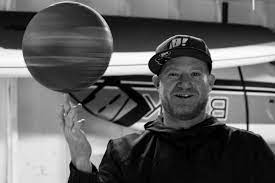
One of the next frontiers in wetsuit development has moved from the challenge of fit and function into the realm of sustainability, with designers like Buell looking at ways to solve the toxic production process and the limited supply of petroleum-based materials.
“Right now it’s an exciting place to be,” Buell says.
“There’s so much potential looking now at advancements on the eco front, from the lighting in the factory to the reduction, recycling and reuse component of the materials we use. Now that the stretch and fit factors have been dialed in, we can focus on ways to stay warm while reducing our carbon footprint.”
The advancement of the wetsuit will always be a moving target, as surfers and designers identify and solve new problems. Like most things, with the passage of time, hindsight highlights the sillier aspects of this quest, but we’ve come a long way since the days when Vaseline, wool sweaters and bonfires were state-of-the-art solutions to surfing comfortably in frigid water.


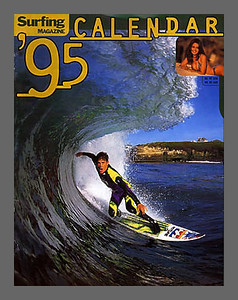


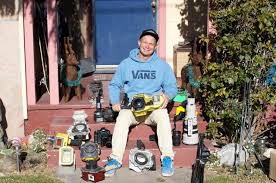
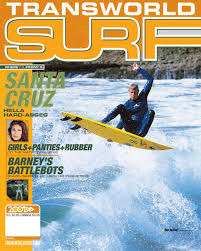

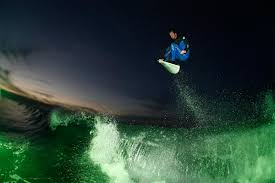




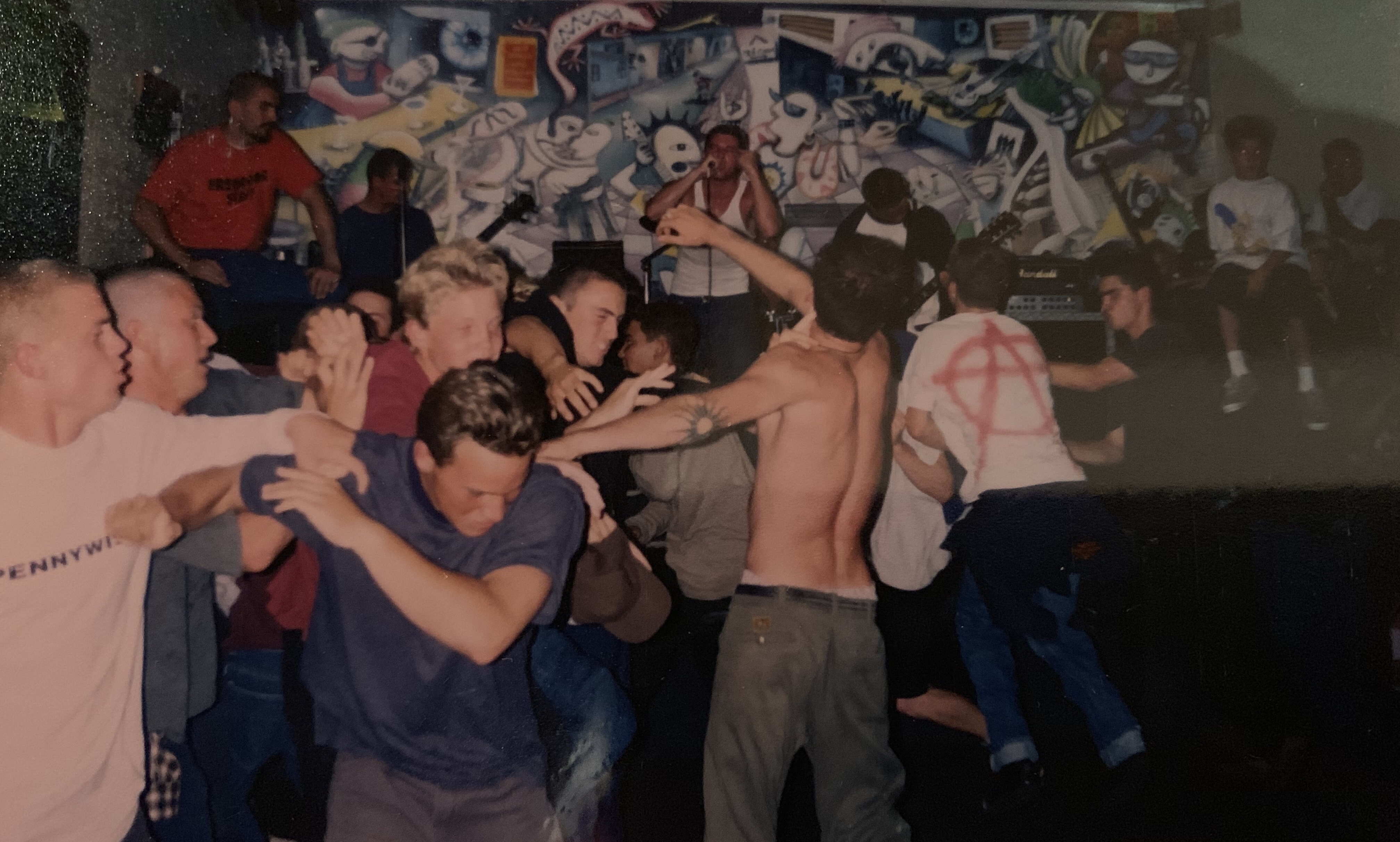



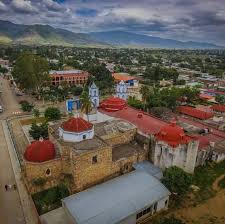
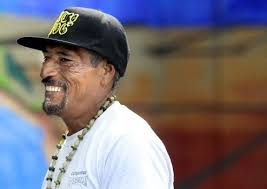

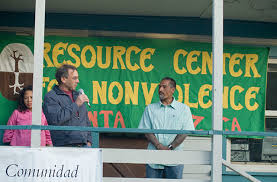



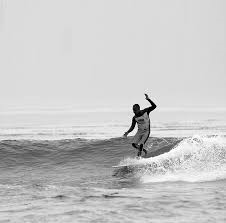


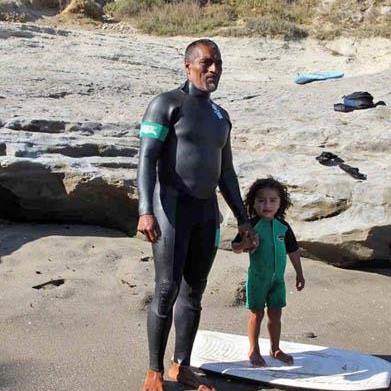

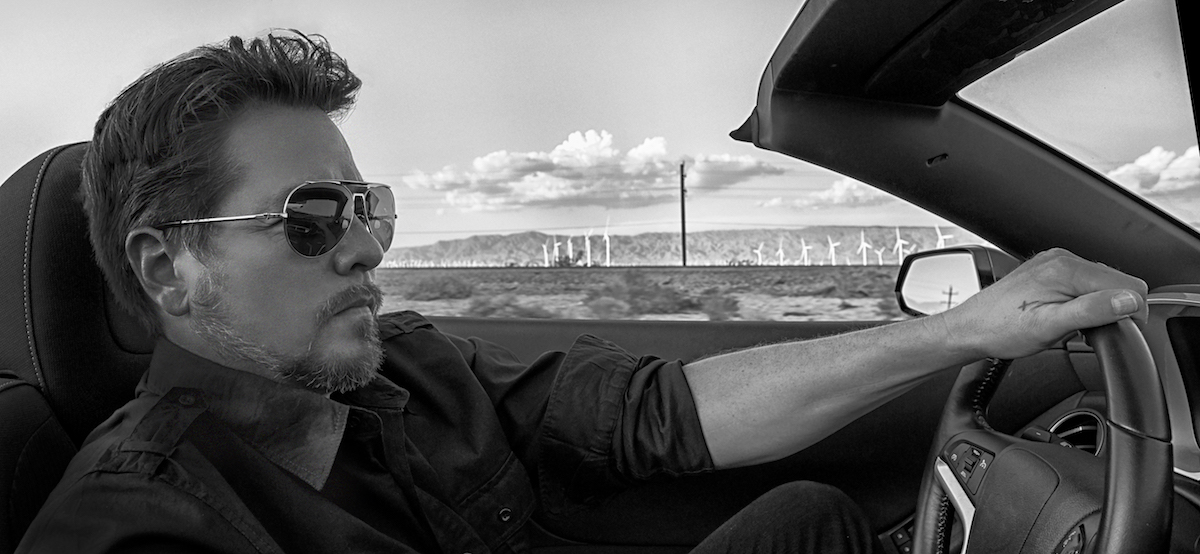


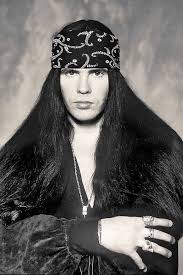



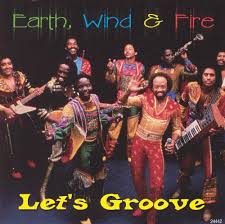
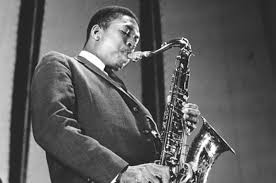



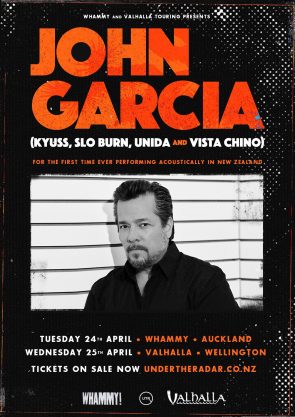

![wendy_and_john[1]](https://splitpeaksoup.com/wp-content/uploads/2019/01/wendy_and_john1.jpg)



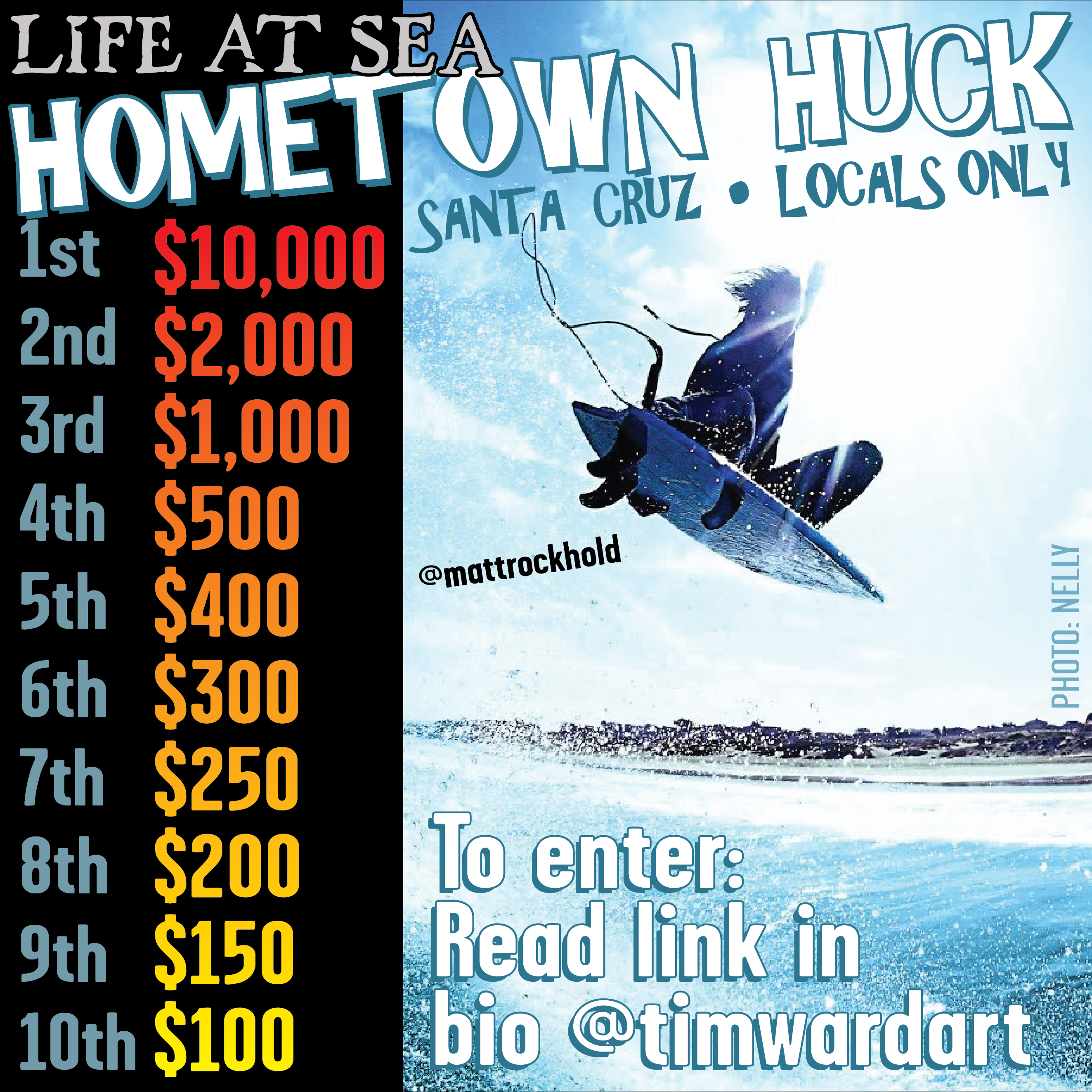
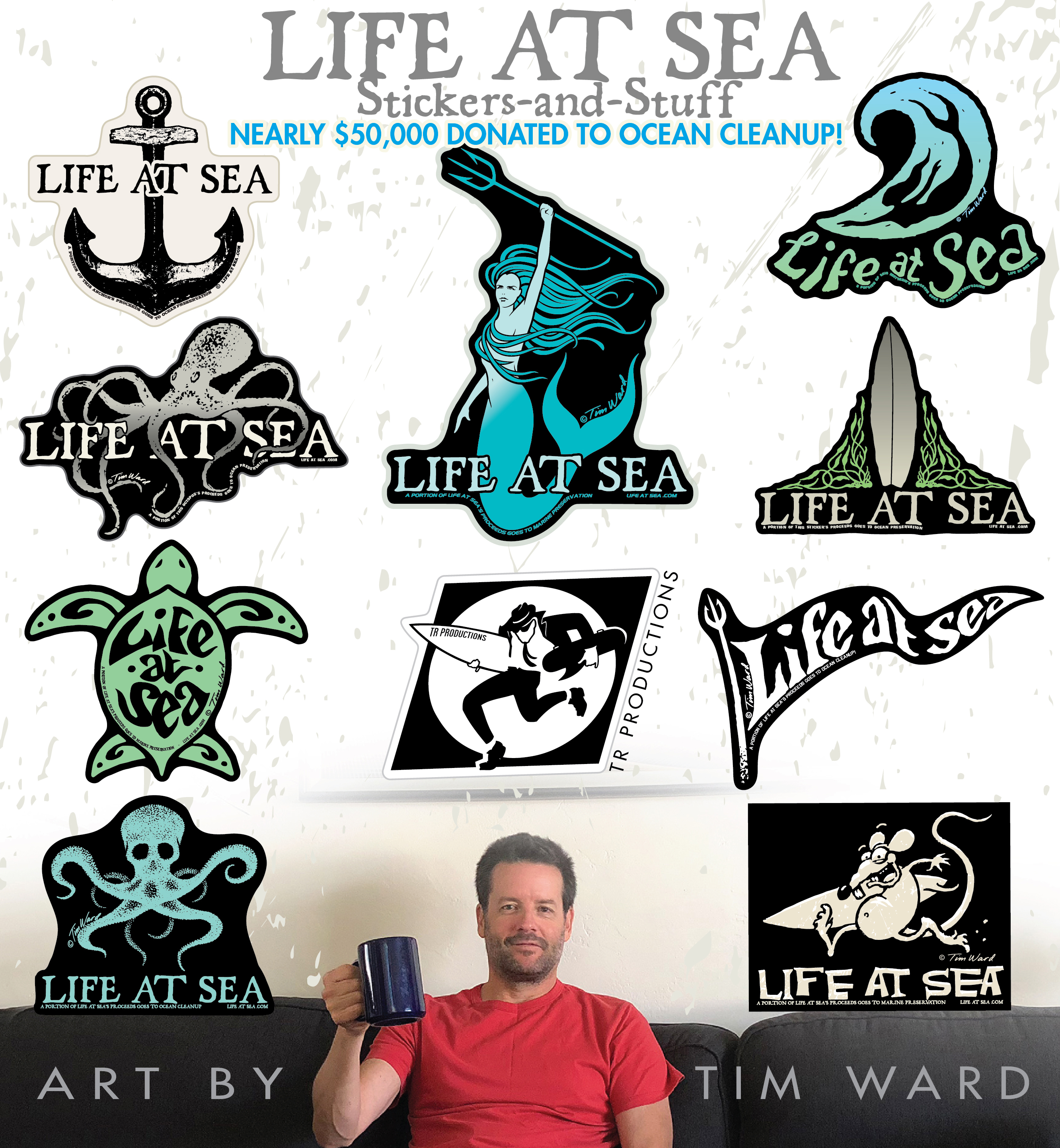


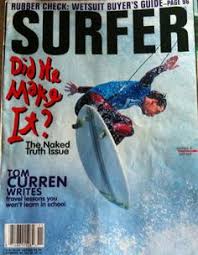
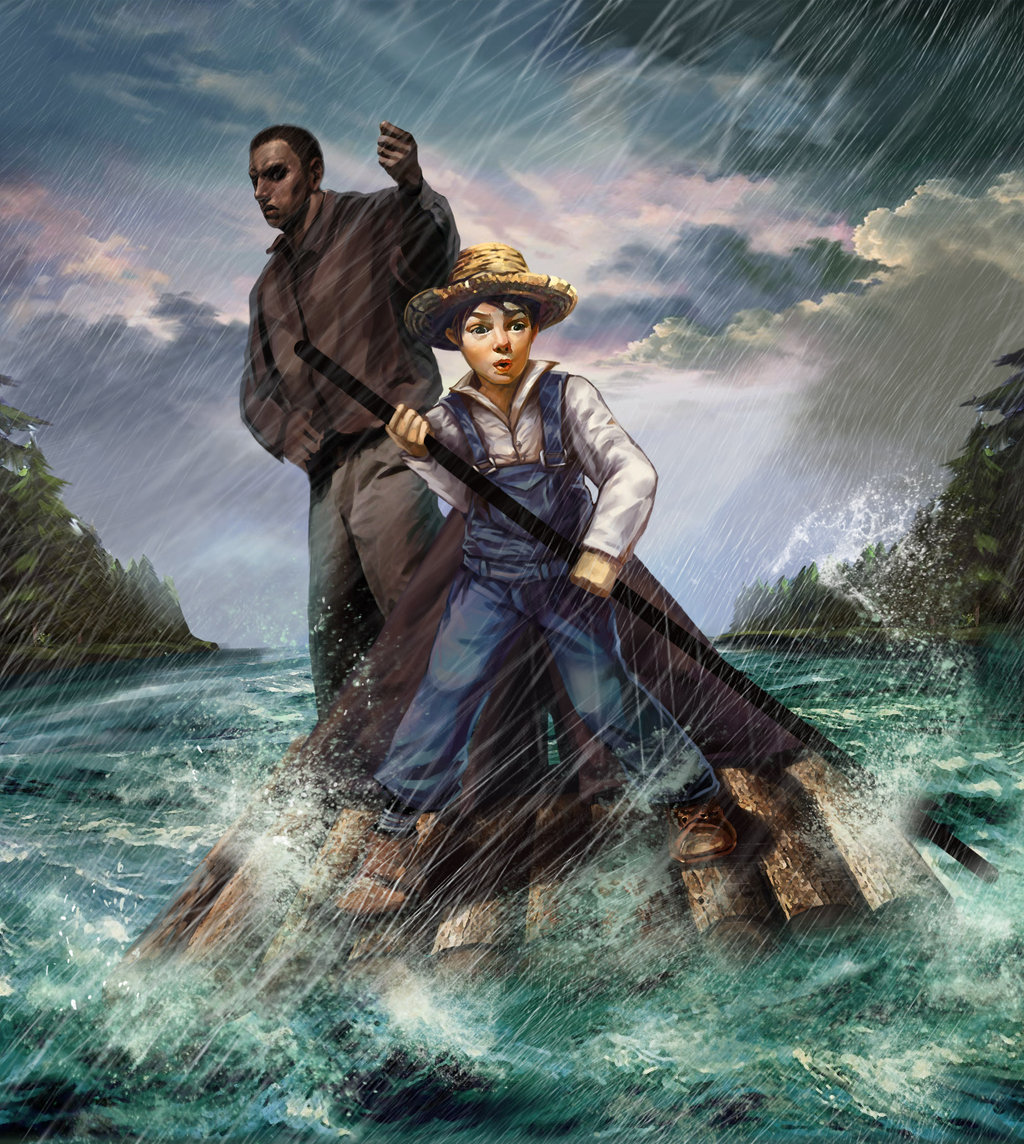

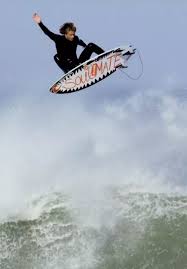

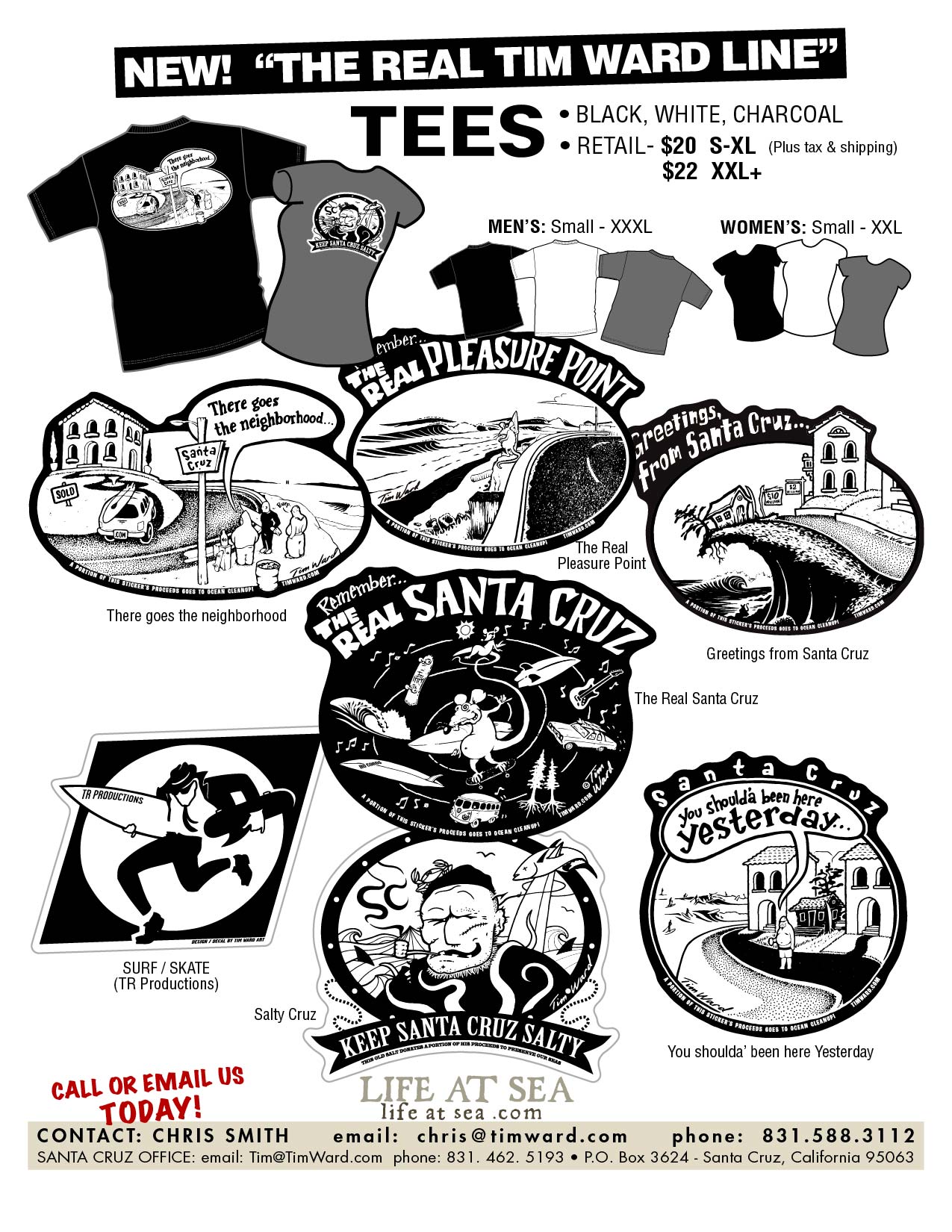


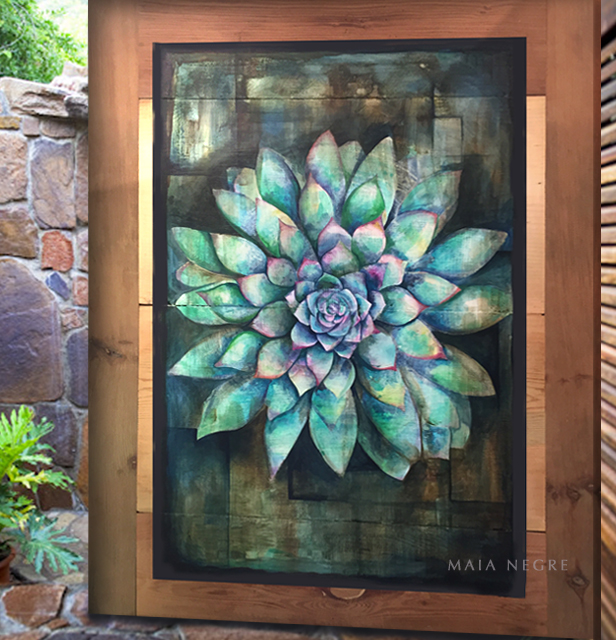
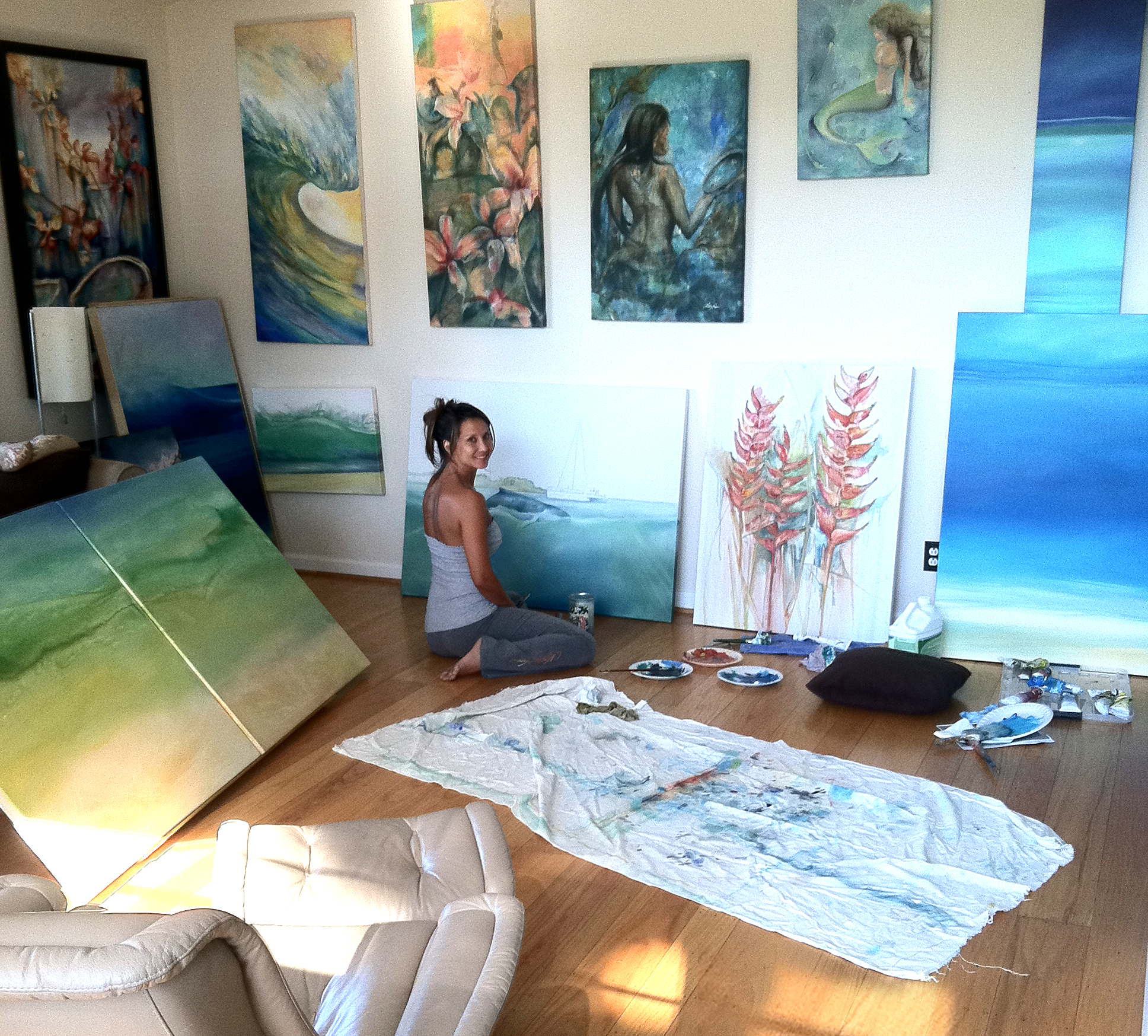

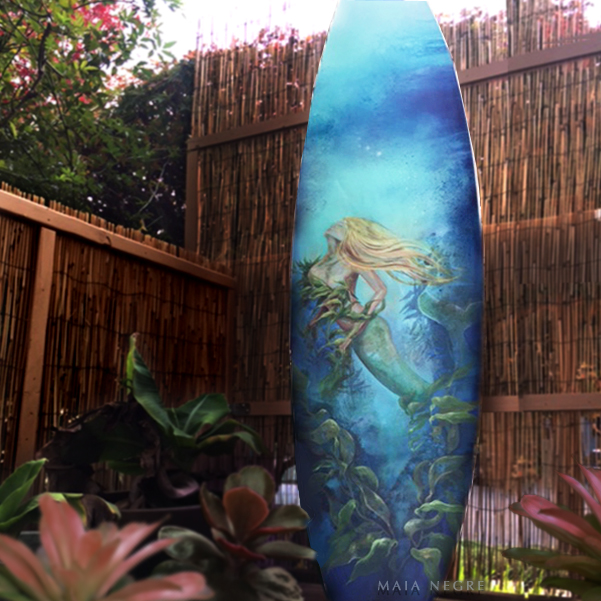

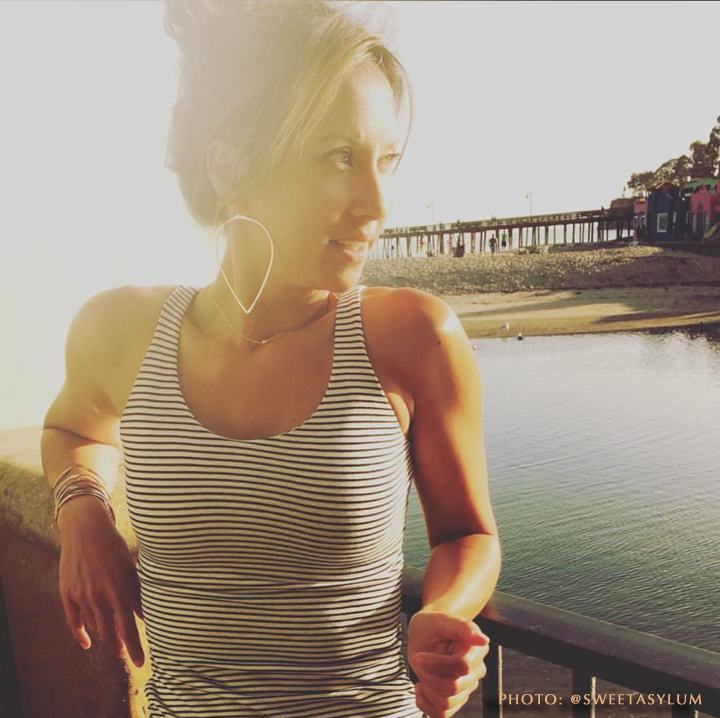


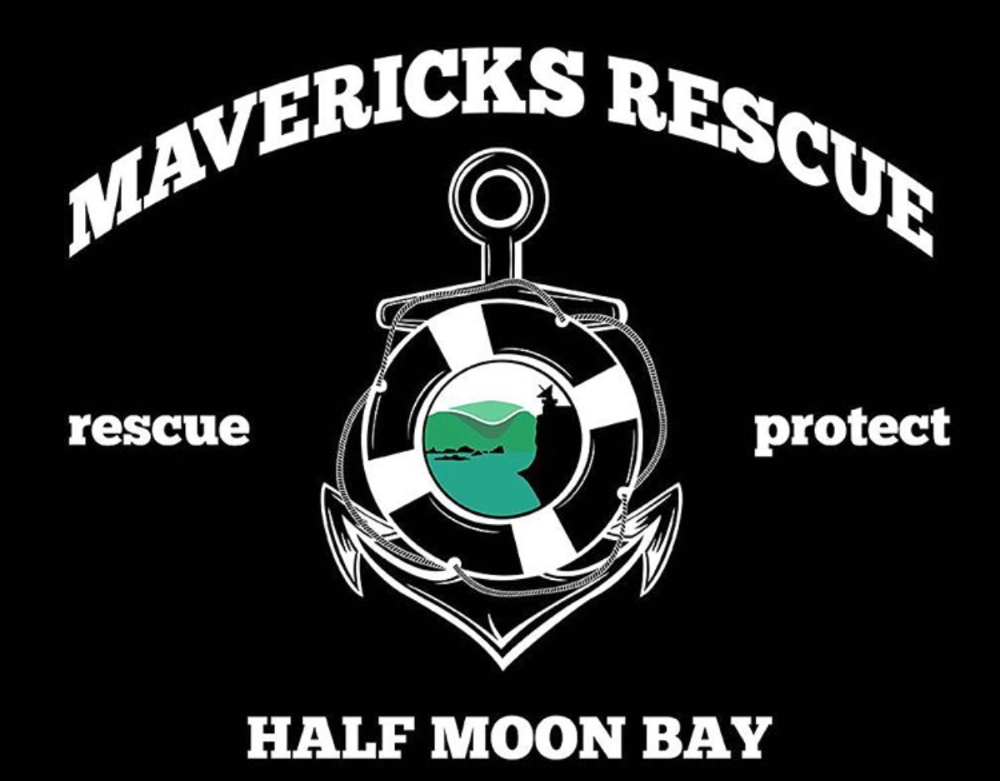






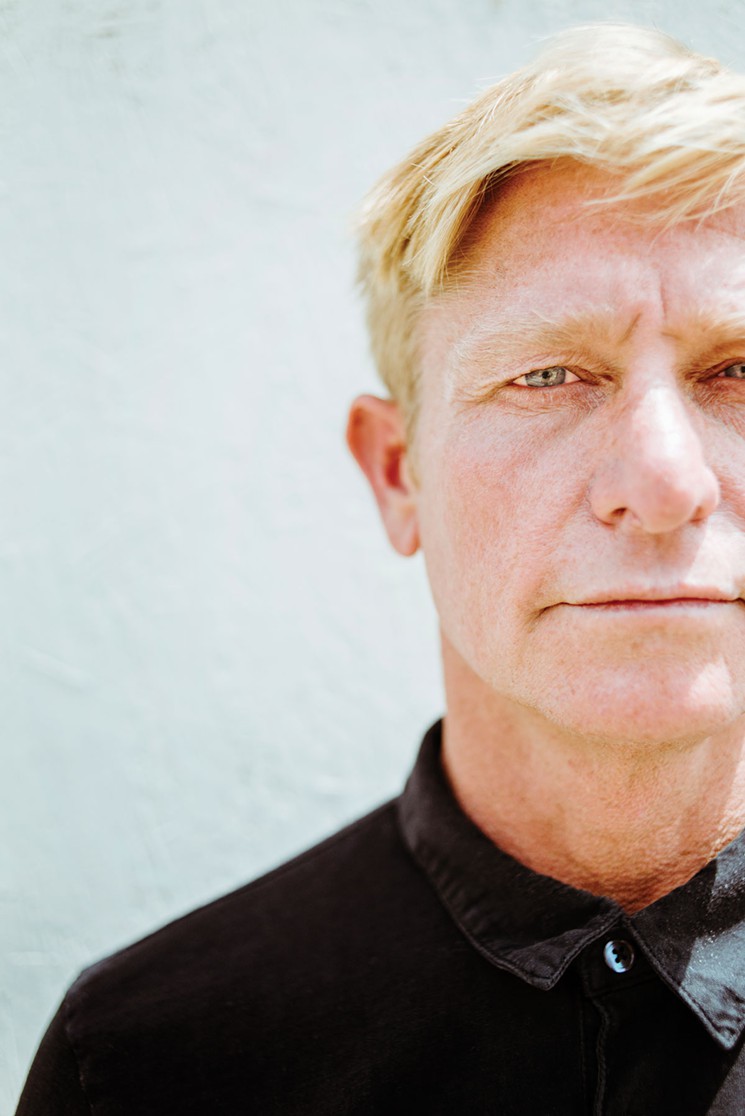

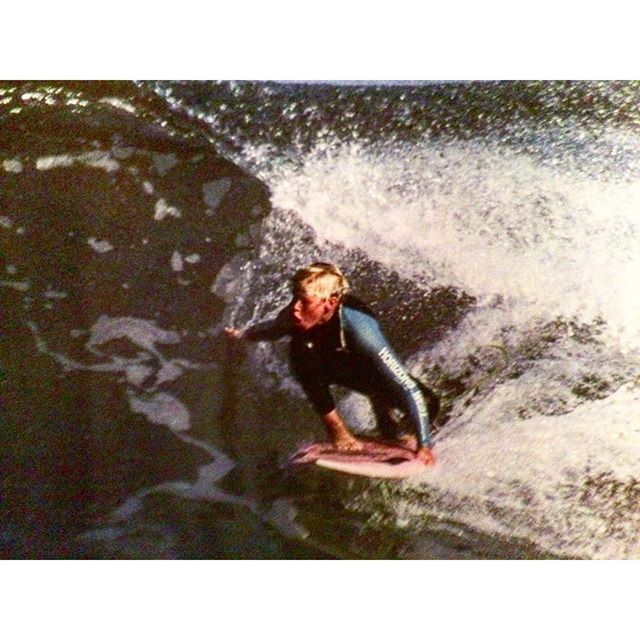




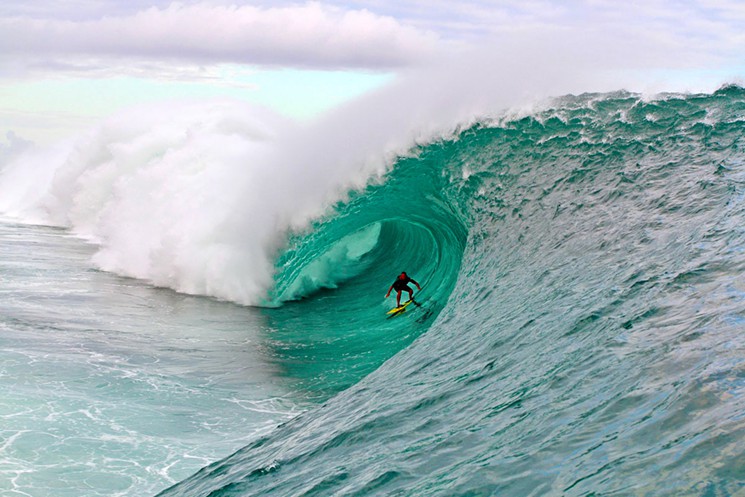

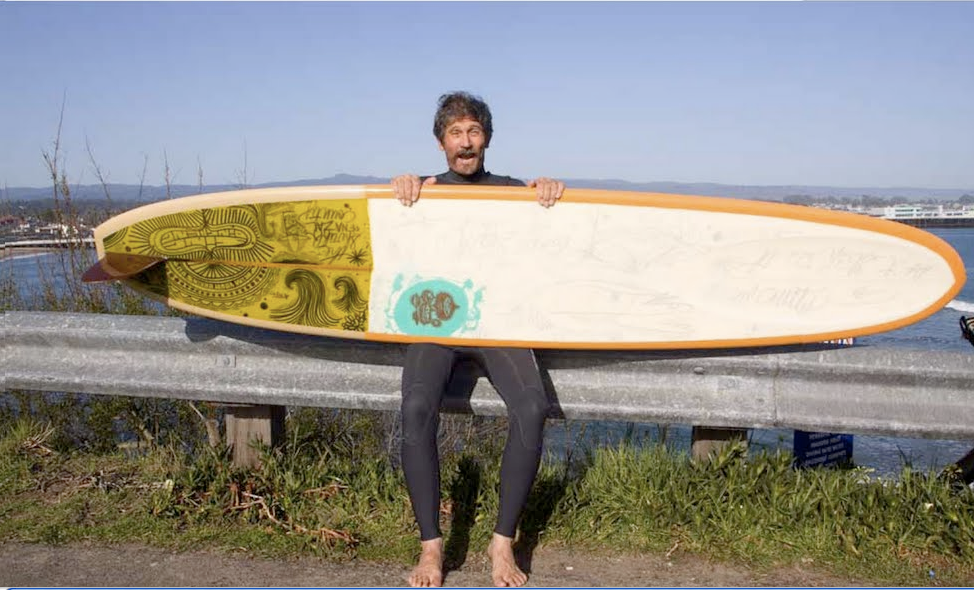
 Tinker and Team Challenger
Tinker and Team Challenger